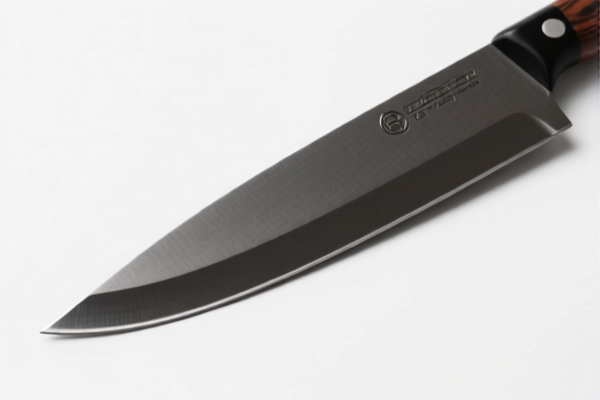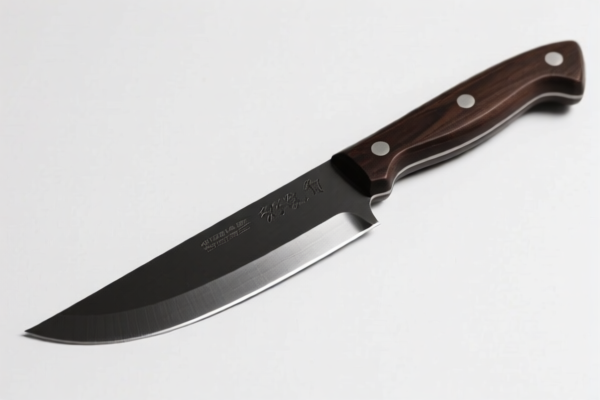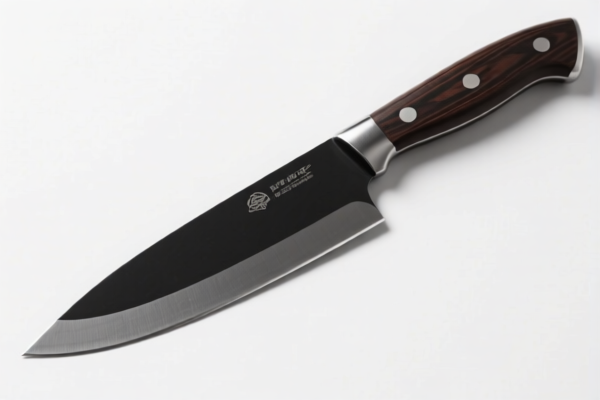| HS Code | Official Doc | Tariff Rate | Origin | Destination | Effective Date |
|---|---|---|---|---|---|
| 8208200060 | Doc | 55.0% | CN | US | 2025-05-12 |
| 8208200090 | Doc | 55.0% | CN | US | 2025-05-12 |
| 8211941000 | Doc | 0.16¢ each + 2.2%+55.0% | CN | US | 2025-05-12 |
| 8209000030 | Doc | 59.6% | CN | US | 2025-05-12 |
| 8209000060 | Doc | 59.6% | CN | US | 2025-05-12 |
| 8460310040 | Doc | 59.4% | CN | US | 2025-05-12 |
| 8461204000 | Doc | 59.4% | CN | US | 2025-05-12 |
| 8461906030 | Doc | 59.4% | CN | US | 2025-05-12 |
| 8487100040 | Doc | 55.0% | CN | US | 2025-05-12 |
| 8487900080 | Doc | 83.9% | CN | US | 2025-05-12 |




Planer Blade
A planer blade is a critical component of a hand plane or power planer, responsible for smoothing and shaping wood surfaces. It removes thin layers of wood through shearing action, leaving a flat, uniform result.
Material:
- High Carbon Steel: Traditionally, planer blades are made from high carbon steel due to its hardness, ability to hold a sharp edge, and relative affordability. Common steel types include A2, O1, and W1 tool steels.
- High-Speed Steel (HSS): Offers increased wear resistance and the ability to maintain sharpness at higher temperatures, suitable for more demanding applications.
- Carbide: Increasingly common, especially in power planer blades, carbide blades are exceptionally durable and stay sharp for a significantly longer period, although they can be more brittle and expensive.
- Polycrystalline Diamond (PCD): Used in specialized applications requiring extreme durability and long life, often found in industrial planers.
Purpose:
- Smoothing: Removing imperfections, such as tear-out, mill marks, and unevenness, to create a smooth surface.
- Dimensioning: Reducing the thickness of wood to a precise measurement.
- Squaring: Creating flat, perpendicular edges and faces.
- Rebating/Rabbeting: Cutting recesses along the edge of a board.
- Chamfering/Beveling: Creating angled edges.
Function:
The blade is secured within the plane body at a low angle (typically between 20-45 degrees). As the plane is pushed or pulled across the wood, the blade shaves off thin curls of wood. The effectiveness relies on:
- Sharpness: A keen edge is essential for clean cuts and minimal effort.
- Angle: The blade angle influences the type of cut (e.g., lower angles for softer woods, higher angles for harder woods and tear-out prone species).
- Backlash: The precise alignment of the blade and the plane body is crucial to avoid chatter and uneven results.
- Depth Control: Adjusting the blade depth determines the amount of wood removed with each pass.
Usage Scenarios:
- Woodworking: General purpose smoothing, dimensioning, and shaping of wood components.
- Carpentry: Preparing wood for construction, fitting, and finishing.
- Furniture Making: Creating precise joinery and refined surfaces.
- Restoration: Repairing and refinishing antique wood pieces.
- Flooring Installation: Leveling and smoothing subfloors.
Common Types:
- Single-Iron Plane Blades: Used in many hand planes, these blades have a single cutting edge.
- Double-Iron Plane Blades: Found in some hand planes (e.g., Stanley planes), these blades feature a cutting iron and a cap iron that supports the cutting edge and reduces chatter.
- Power Planer Blades: Typically double-sided, reversible blades designed for high-speed wood removal. These blades are often carbide-tipped.
- Jointer Blades: Similar to planer blades but longer and designed for creating flat edges on boards.
- Spiral Cutterheads: Feature multiple small, carbide-tipped blades arranged in a helical pattern, providing a smoother cut and increased durability, common in power planers.
- Honing Blades: Specifically designed for honing and sharpening other blades.
Planer blades fall under several potential classifications depending on their specific characteristics and application. Here's a breakdown of relevant HS codes based on the provided information:
- 8208200060: This code covers knives and cutting blades for machines or mechanical appliances, specifically for woodworking, and parts thereof. This is applicable if the blade is designed for use in a woodworking machine. The base tariff is 0.0%, with a 25.0% additional tariff currently, increasing to 30.0% after April 2, 2025, resulting in a total tariff of 55.0%.
- 8208200090: Similar to 8208200060, this code also covers knives and cutting blades for machines or mechanical appliances used in woodworking, and parts thereof. It shares the same tariff structure: 0.0% base tariff, 25.0% additional tariff (increasing to 30.0% after April 2, 2025), for a total of 55.0%.
- 8211941000: This code applies to knives with cutting blades, serrated or not (including pruning knives), excluding those under heading 8208, and blades and other base metal parts thereof. Specifically, it covers blades for knives having fixed blades. The tariff structure is 0.16¢ each + 2.2% + 25.0% additional tariff (increasing to 30.0% after April 2, 2025), resulting in a total tariff of 0.16¢ each + 2.2% + 55.0%.
- 8460310040: This code covers machine tools for deburring, sharpening, grinding, honing, lapping, polishing or otherwise finishing metal or cermets by means of grinding stones, abrasives or polishing products, other than gear cutting, gear grinding or gear finishing machines of heading 8461. Specifically, it covers sharpening (tool or cutter grinding) machines, numerically controlled, used or rebuilt. The tariff structure is 4.4% base tariff + 25.0% additional tariff (increasing to 30.0% after April 2, 2025), resulting in a total tariff of 59.4%.
It is important to determine whether the planer blade is being imported as a standalone component or as part of a larger machine tool. If the blade is part of a machine tool for sharpening or grinding, HS code 8460310040 may be more appropriate. If it is a standalone blade for a planer, either 8208200060 or 8208200090 or 8211941000 would be applicable, depending on the specific characteristics of the blade.
Customer Reviews
No reviews yet.